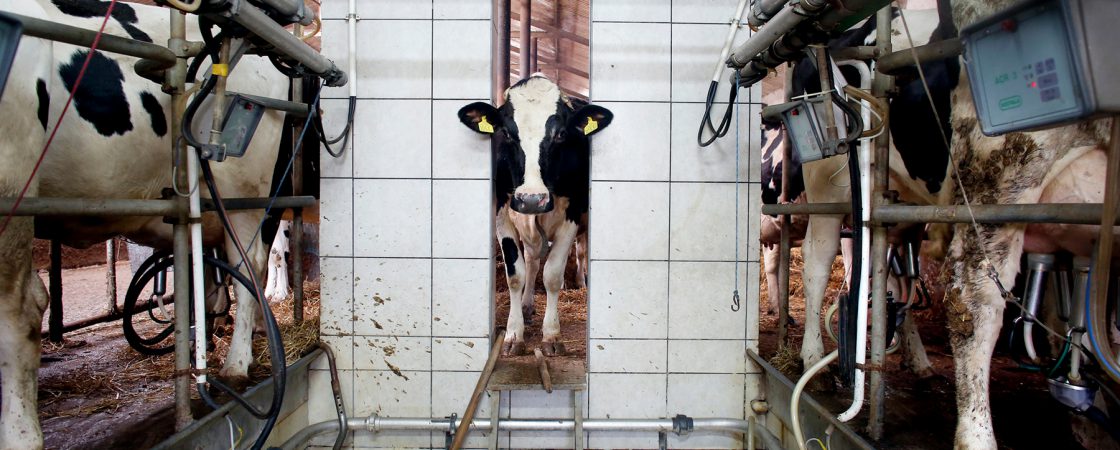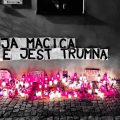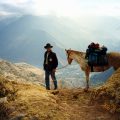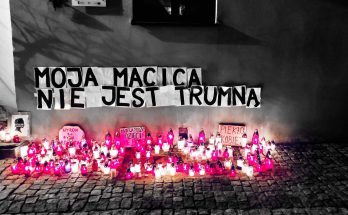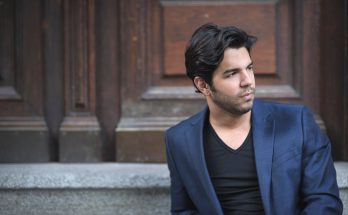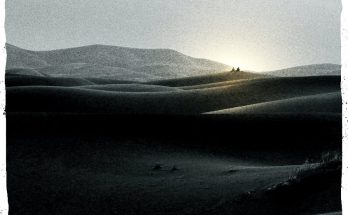Translation: Michał Toński
‘Preserving “emphatic images” is my job. I believe that animal breeding has no right to be a hermetic part of our world. An investigative photographer’s duty is to unnerve the audience with images of the abuse that is going on there, so that no animal is forgotten in its tragedy. I do not shy away from graphic images; I want to show animals’ stories without censorship.’
Andrew Skowron, investigative photographer
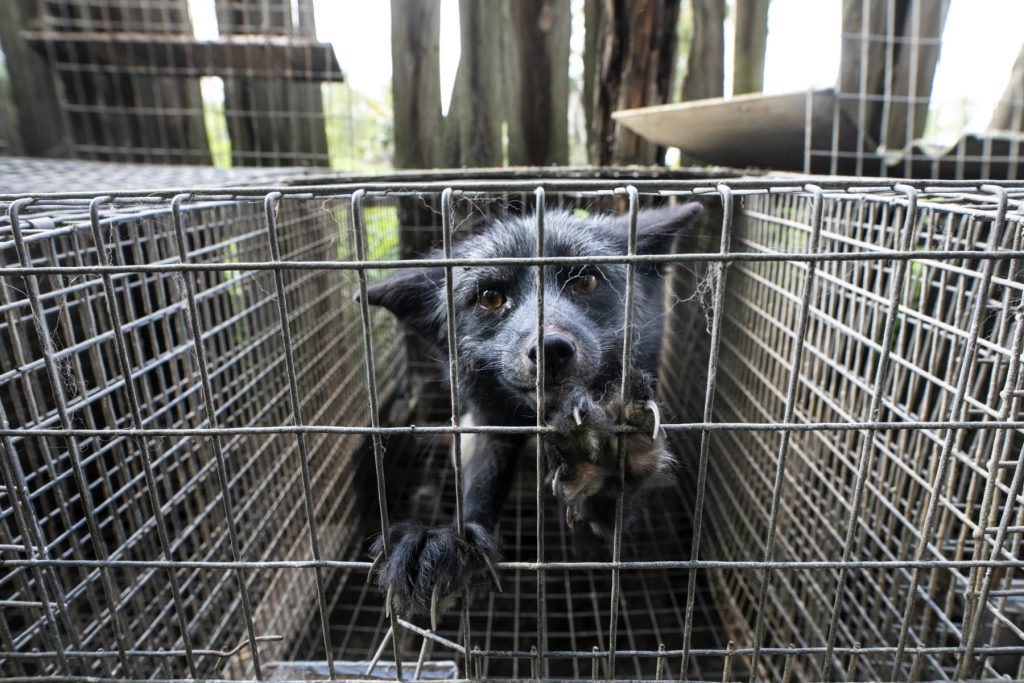
OP: Why do what you do?
AS: For a while now, I have been documenting the animal suffering and showing the truth closed shut behind the farm walls, because I believe that such harm should never be hidden away. Reacting is our social duty, no matter if it is harm inflicted on a human by another human, or an animal. I believe that harm cannot be categorized, since every suffering has equal value, same gravity. No suffering inflicted on a living creature under auspices of any determined system is ever acceptable.
Can knowledge of what is going on behind the farm walls be perceived in categories of consumer information? Since clothes produced in sweatshops are regarded in such way, maybe we can extend this language to animal-based products?
Most certainly. The society, as a collective of consumers, has a right, a moral obligation even, to know how the products they find on market shelves came to be. Consumers should be conscious of the fact that the final product is a sum of suffering and exploitation of people, as well as animals. Awareness and knowledge should be the guides of our consumer choices. Nowadays, with such level of access to information, excusing oneself with a lack of knowledge does not seem convincing.
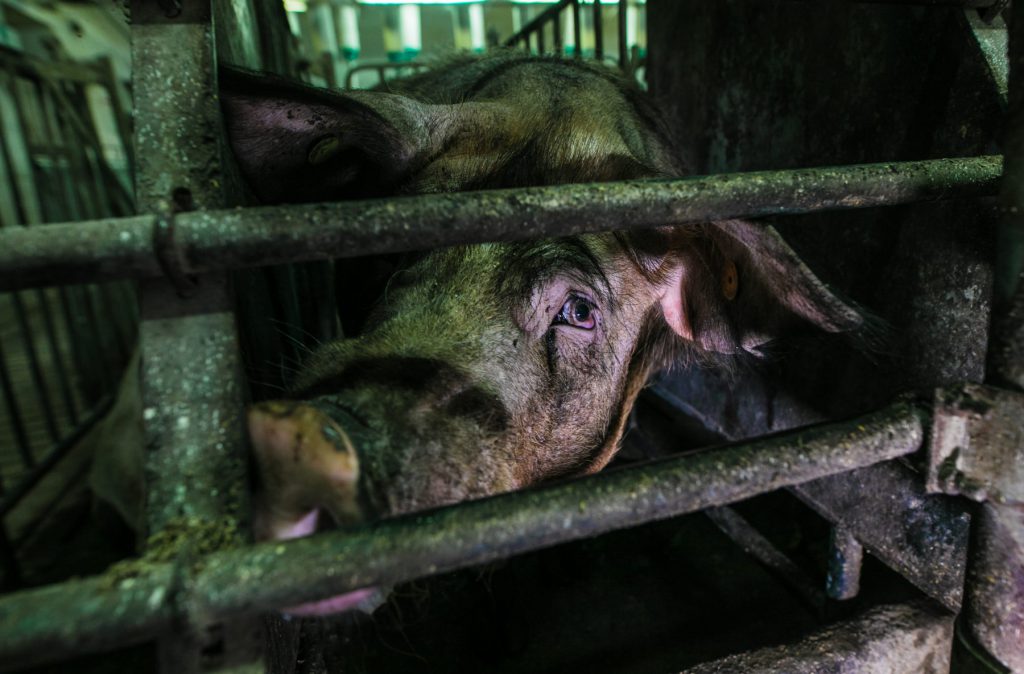
In ‘Regarding the Pain of Others’ Susan Sontag writes that one of the possible roles of photography depicting suffering is being a witness, telling the story of a suffering person. In that way a human stripped of their dignity becomes empowered, and their experience is not forgotten. Do you think your work regards pain and dignity of animals in the same way?
In a way, yes. Every animal that can be seen in my pictures becomes an ambassador of the unseen rest. The singular suffering of this one ambassador becomes a perspective through which we can see what is not – or more accurately – should not be morally accepted. Even though the law permits certain actions, it doesn’t necessarily mean that they are ethical.
On the other hand, Susan Sontag wrote that photography benumbs. A good example of that in the current context, is the pictures of fugitives: seeing a photo of people living in barracks of one or the other camp for a hundredth time, we react less intensely than the first time. I agree with this up to a point, but, as I mentioned before, I’m under the impression that the majority of those people are hiding behind a facade of ignorance, while they don’t want to look at the pictures published by animal rights organisations, and thus justify their right to consumption. Change of habits requires effort, and people are lazy.
Are you a sort of a war correspondent?
You could say that. I work on the frontline of an interspecies war, where the human is a conqueror, and the animals are prone to lose. Investigative photographers working with the subject of animal suffering, similarly to war reporters, deal with dead bodies, farms – death camps, killing utensils, executioners. Actually, the infrastructure is the same, only the species and purpose change.

Is taking pictures actual help for the animals? Kevin Carter, a famous war reporter, author of the Pulitzer-winning photo depicting a child dying of starvation and a vulture, met with a wave of criticism. He was reproached as a person who made his name of a child’s suffering, instead of helping her. Have you ever received such criticism towards your work?
Time and time again, I’m facing accusations that I’m not helping, not rescuing, only concentrating on suffering to take these few pictures. My work is a constant dilemma and inevitability of making hard choices. I am not able to save thousands of animals that are in my pictures. At times, I wonder if the accusers intend to pressure my consciousness towards abandoning what I do? Are they opposed to raising society’s awareness?
Like in the case of war reporters, investigative reporters’ task is documenting – and not real-time, physical help. In our case, however, there are many more victims. Kevin Carter had one victim and one vulture. In my line of work, I encounter thousands of vultures, millions of victims, and every time I’m standing there, just across. Is going against it unethical, or is the system behind it unethical? When I stop doing what I do, the victims won’t stop coming, and the suffering, exploitation and killing will continue. I am but a tiny individual who shows the outcome of society’s unspoken acquiescence.
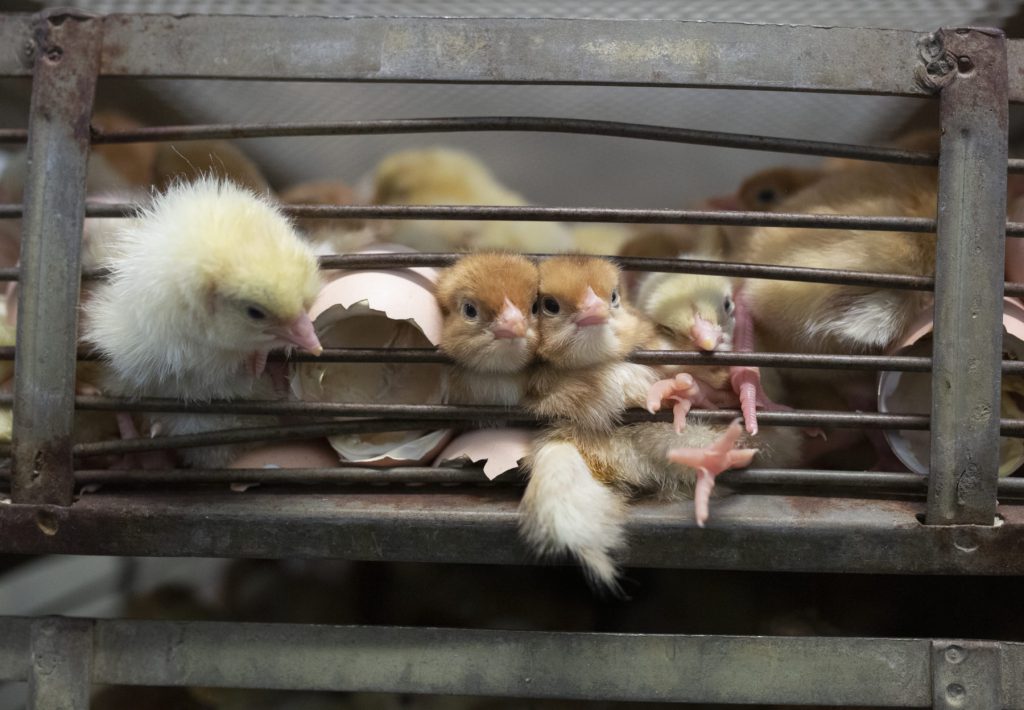
And also, you are not building your career around it. Andrew Skowron is not your real name. Why are you hiding behind an alias?
Be it Andrew Skowron, John Smith, it doesn’t matter. The system identifies us using a name and an ID number; the less I am seen, the safer I am, although it is becoming harder and harder in this age of the internet. Investigative work has its allies and enemies. I would rather secure my safety, so in the future, I can document more truth that is inconvenient for some people.
Do you call yourself an artist? Are the photographs of Andrew Skowron art?
I have never called myself an artist, I don’t like the word. Documentary photos I take do not fit under the ‘art’ category in my opinion. It is a form of narration intended to show the word in 1:1 scale; there’s no manipulation in it, no creation, it’s hard to interpret in different ways. I don’t have an artistic education; I wouldn’t say that I look at the world like an artist either. I just go from one place a regular man in the street can’t reach to another and bring back frames. These are not artsy pictures, we can savour. It’s a brutal truth intent on educating, forcing to draw the right conclusions. Pro-animal artists have a wider range of devices – more comfort and option to choose a different form of expression.
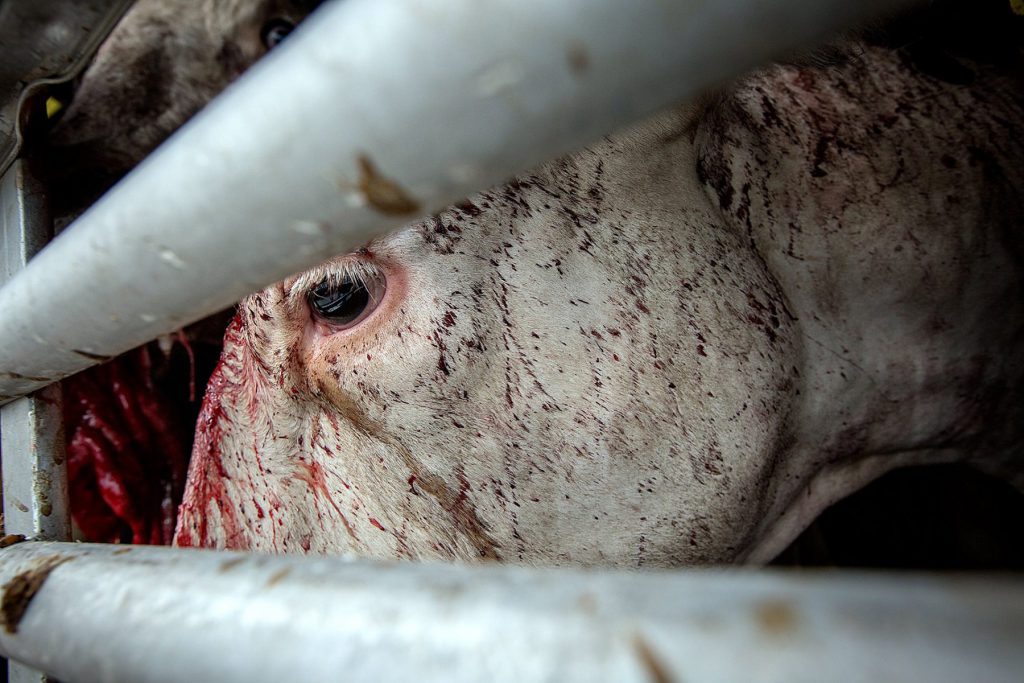
Where can we see the pictures you take?
The pictures can be seen in various campaigns of many animal rights organizations all over the world. I have a photo-archive which any person involved in animal rights can use free of charge. Sometimes, my photos appear on special exhibitions organized by one or other of the organisations. They are used to illustrate investigations led by Stowarzyszenie Otwarte Klatki (Open Cages Association) and Anima International. They also can often be spotted in media that take up the issue of animal exploitation. Next year, a series of pictures will be published in a collective album of pro-animal photographers titled HIDDEN, conceived by a Canadian photographer Jo-Anne McArthur.
What reactions do you receive from the audience?
People’s reactions to my photography are very diverse: from words of support, gratitude for spurring a change in someone’s lifestyle; to comments such as: ‘why do you do this?’ or ‘why do you show suffering?’. There were also requests for giving up the work entirely. However, the negative comments are definitely in the minority.
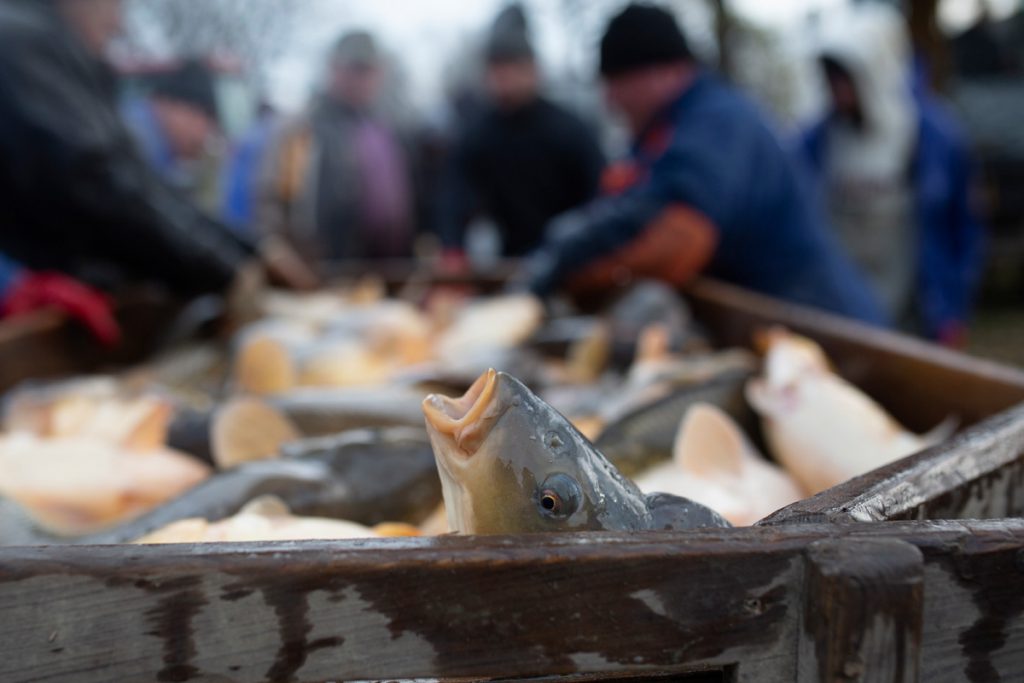
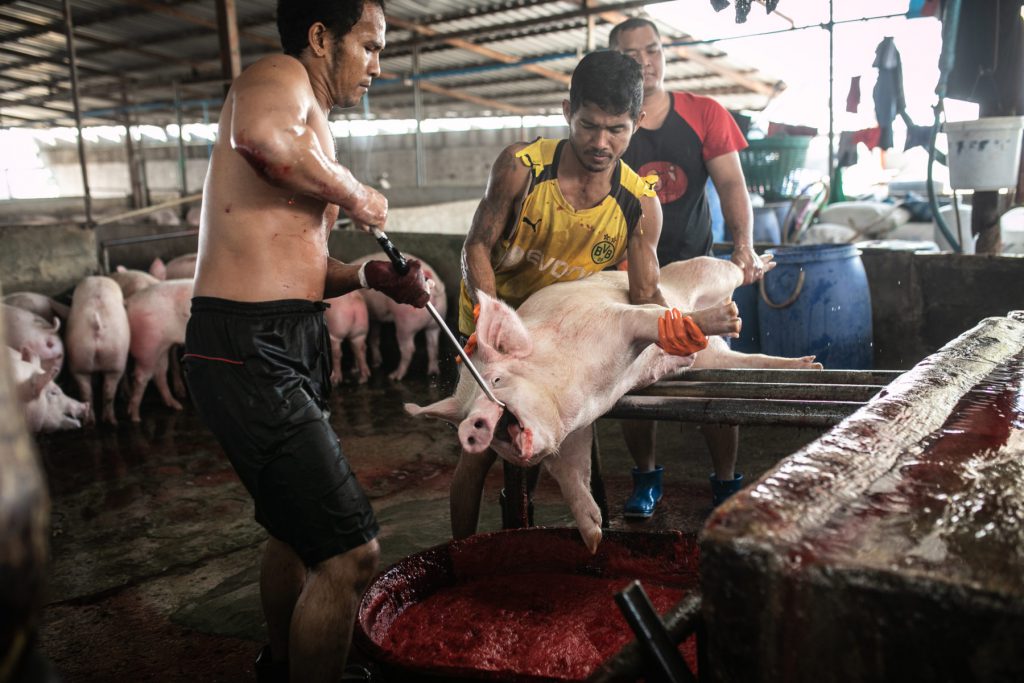
Who is your audience? Are they the people you are trying to reach?
A big percentage of my audience are vegans, who need no more convincing. I wish that the majority of my audience were the unaware, who, under the influence of the pictures, would eventually stop supporting the animal-exploiting system.
Do you consider your work a civil disobedience, or do you treat it as a reporter’s work transgressing the law for the greater good?
I think that most of my activity is perceived as breaking the law, the civil disobedience would be quite an accurate interpretation. If the wicked exploitation of breeding animals is acceptable, if the animal torture is systemic, I give myself a right to transgress such laws. You could say, I break the law to give a right to live to those who are being killed in the name of this law.
On the other hand, pro-animal photo documentary is within the limits of investigative journalism. What I show in my photos is my justification and immunity.
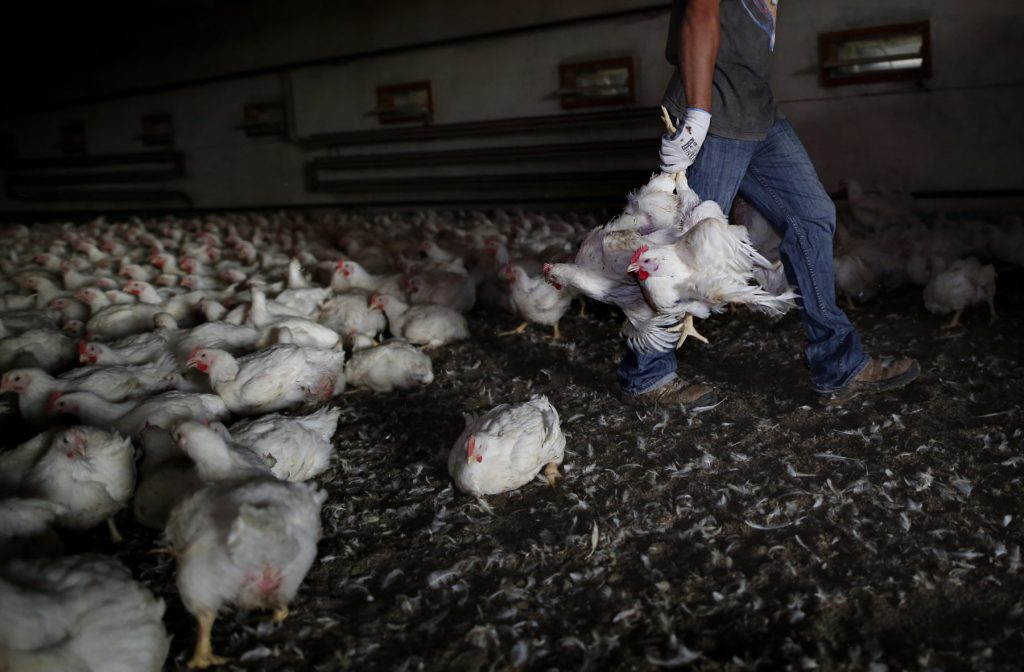
How do you cope emotionally with the images you see every day? Are you inured to seeing suffering?
I try to control my emotions. When I work on a material, I deliberately suppress my empathy, otherwise many of my materials would have not been created. There was a time I wondered If I had already gotten the professional numbness and had become indifferent. A long talk with a therapist made me realise it was a conscious choice. Sometimes, when I am working on a material, I am balancing on the edge of emotional engagement, especially when I form a bond with a specific animal and know that it is its final – parting picture. Emotions usually come when the images pause on the computer screen. I talk about it with people I am close with, I also think that some of the emotions pour out in my dreams. I believe that relationships with the rescued animals – those that made it, that are safe and have a home – help a lot. But I don’t believe that there is some kind of an antidote for those memories; they stay dormant in recesses of the mind. There are times that I don’t feel strong enough to talk about what I do, and seek some repose, which is not easy because plans for next actions are in my ears all the time. I must repeat to myself that It’s not me who’s gone mad, it’s the world.
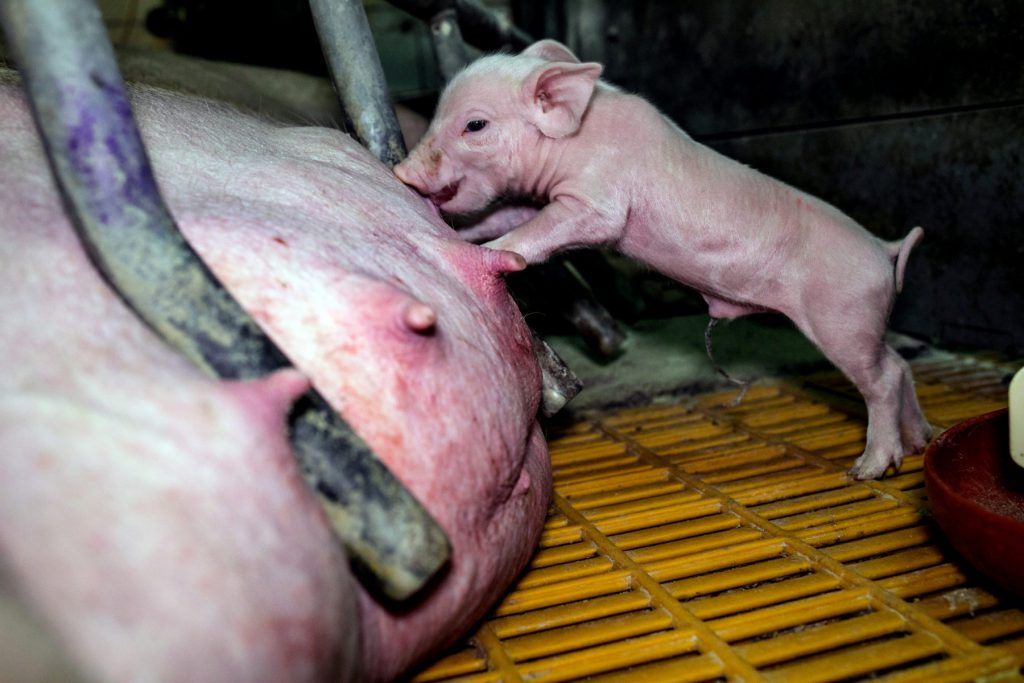
Have you ever saved an animal from a place you visited to take pictures?
Yes, a couple of times, although I try not to make a habit of it. Every rescued animal ended up in a home sanctuary run by my partner. I have them always within reach. We keep: hens that were bred in cages, a rooster which was going to be strangled as a chick (alongside many others, since in egg industry, male chicks are expendable), three geese, two goats, a turkey hen and a three-legged fox – Maciek. Maciek is very happy that we finally lived to see a real opportunity to introduce a ban on fur farming. We have been fighting for this for over a decade, by publishing pictures and video materials, writing reports, filing lawsuits. This countrywide ban is a collective success of hundreds or even thousands of people, and a tangible proof that this work makes good sense.
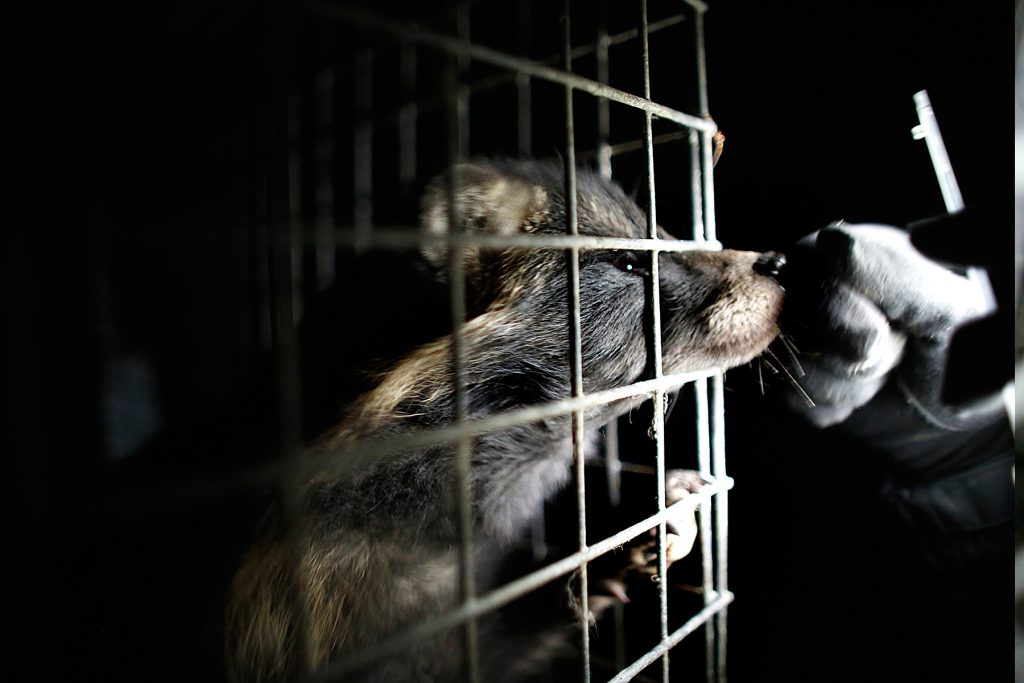
Andrew Skowron – investigative photographer, in his work, he focuses on documenting the lives of animals exploited by people in the food, entertainment and clothing industry. Seeks ‘empathic images’, to awaken human compassion and prompt them to change their habits. Exposes the truth about the industries using animals. Co-runs a home sanctuary for animals.
Funding – support Andrew Skowron
Olga Plesińska – a deeply empathetic person, transforms her observations into images and words. By education a bioethicist and a philosopher. A vegan, who could not imagine a life without cats.
Artykuł w języku polskim
